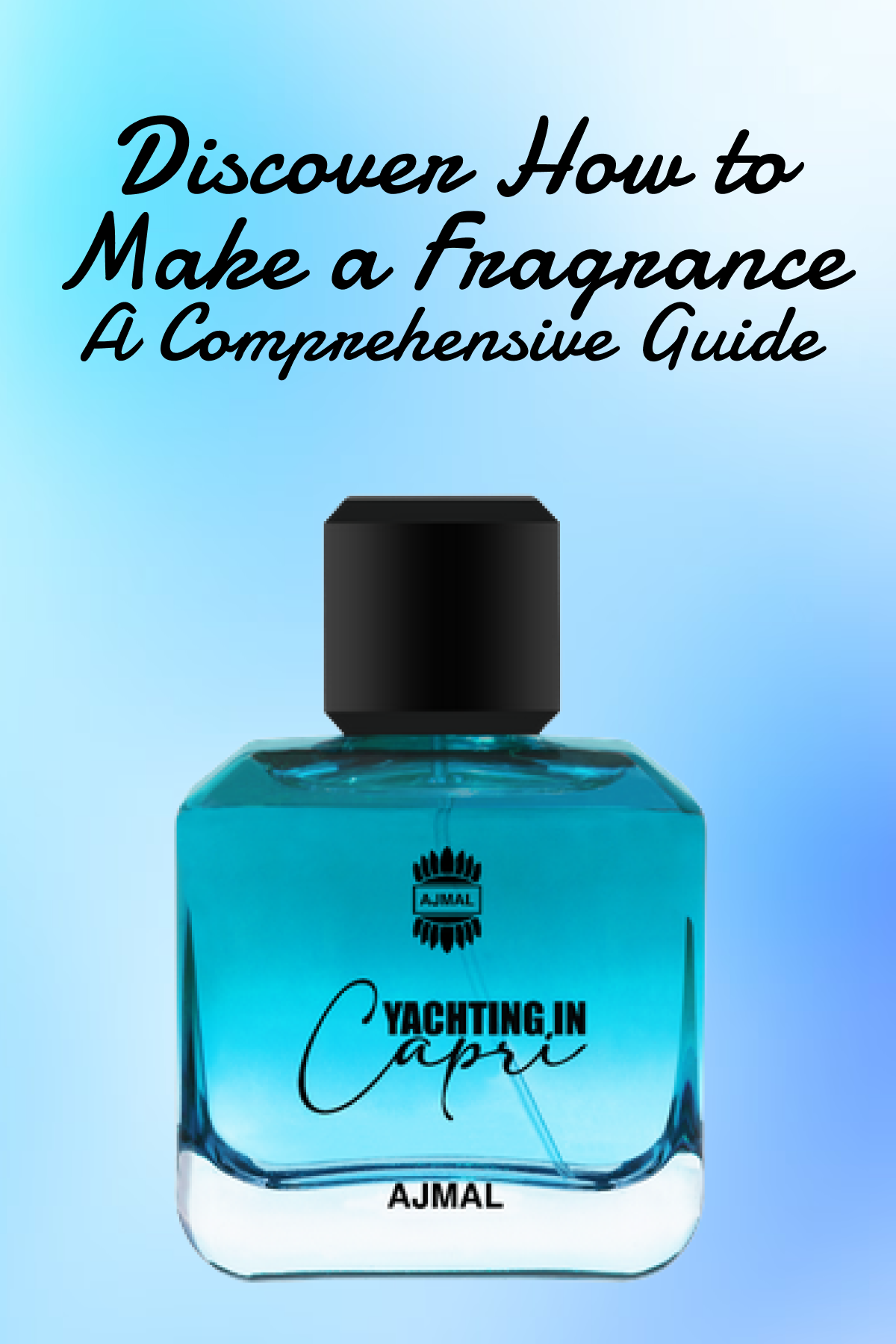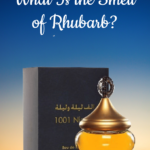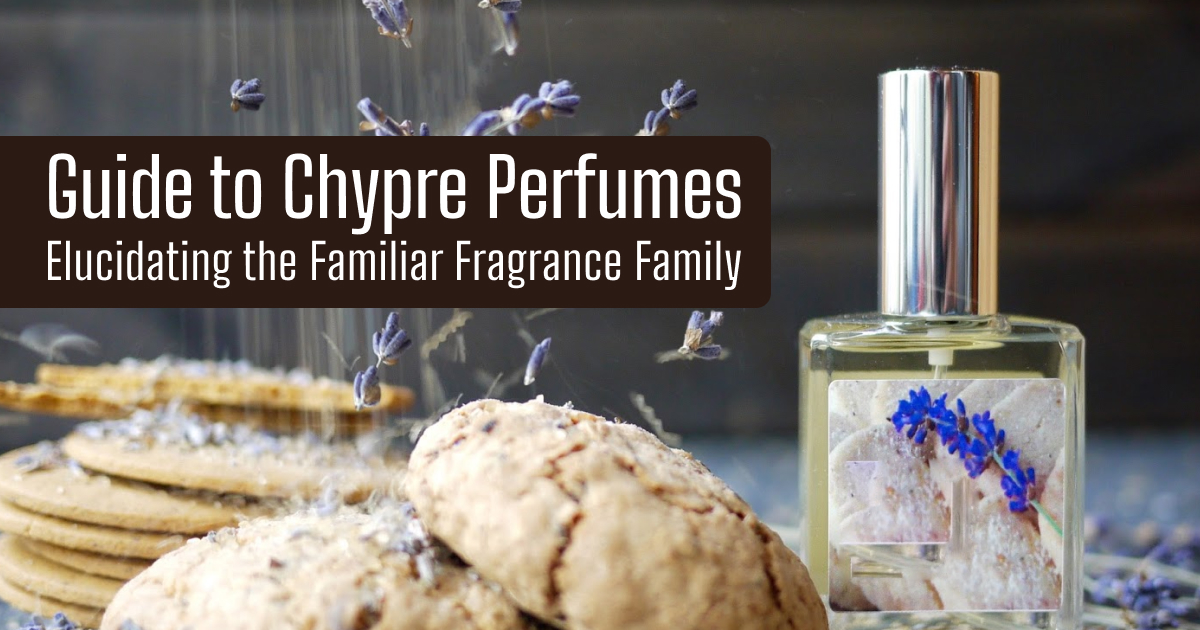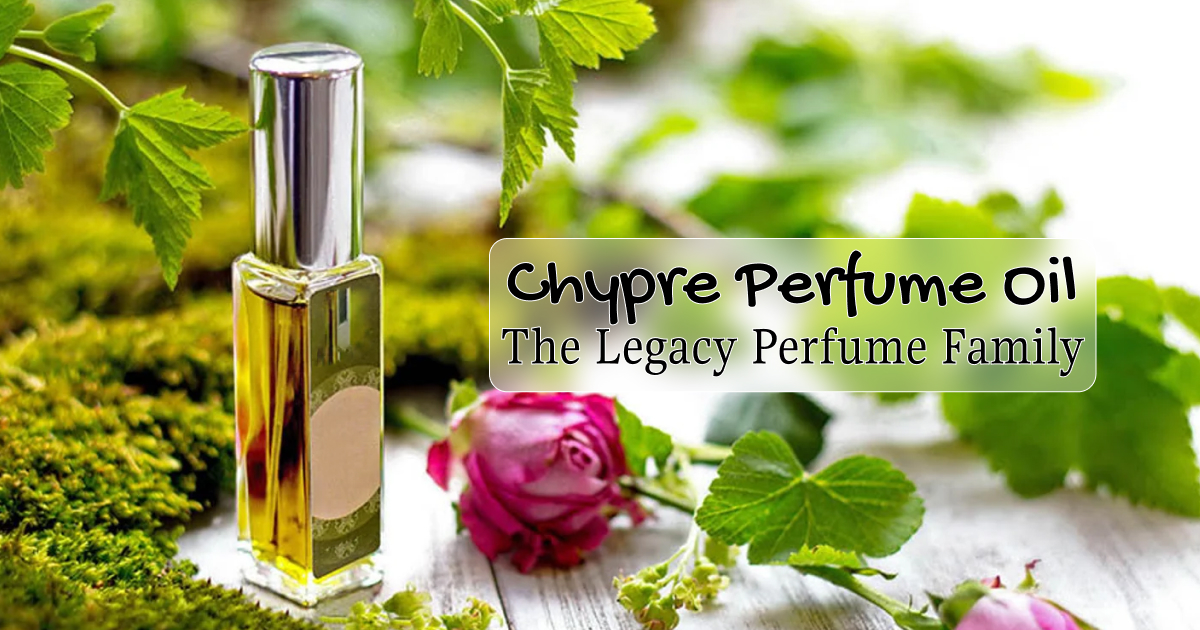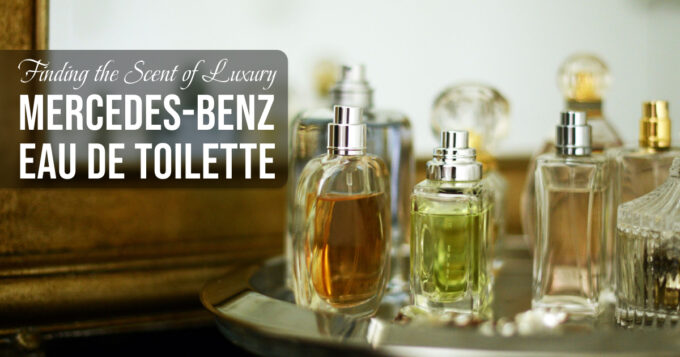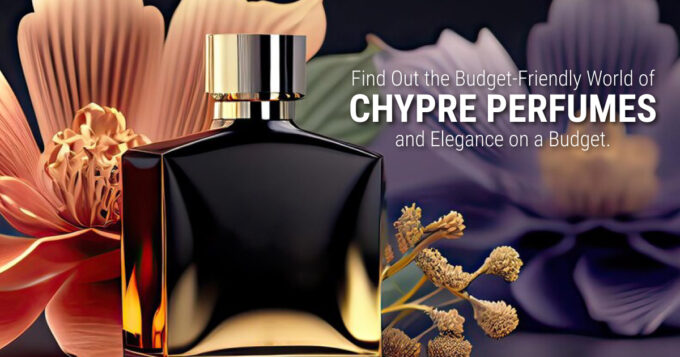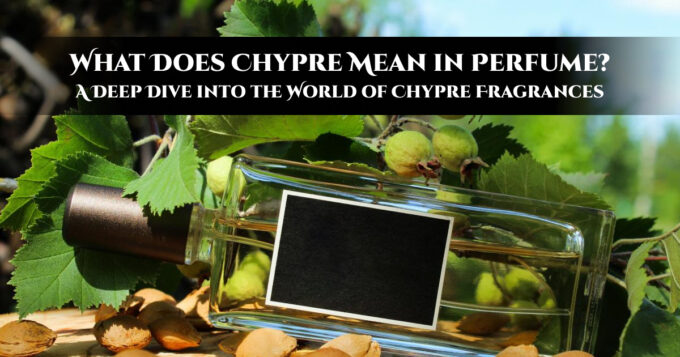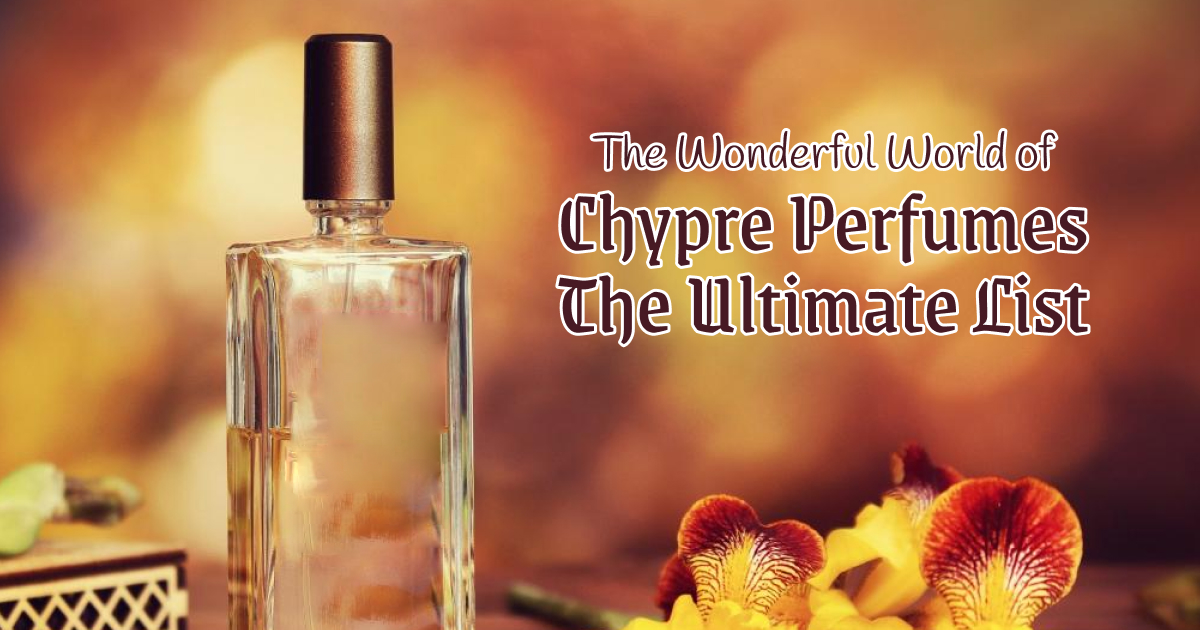Discover How to Make a Fragrance: A Comprehensive Guide
Making your own perfume is an interesting and rewarding project. Perfume-making is an artistic and scientific procedure that may be used to create a characteristic aroma for yourself, a one-of-a-kind present, or even a small business.
This comprehensive tutorial will take you through the fundamentals of making your own fragrance, from comprehending the ingredients to mixing and packaging the finished product.
Recognizing the Fundamentals of Fragrance
Make sure you understand the fundamentals of perfumery before getting started with the practical approach.
1. The Pyramid of Fragrances
The fragrance pyramid, which describes the usual structure of perfumes, consists of three layers:
Top Notes: The perfume’s first impression, which fades fast (between 15 and 60 minutes). Herbs, mild fruits, and citrus are common top notes.
Heart (Middle) Notes: The central notes of the scent that linger for several hours after the top notes fade. Greens, spices, and florals are frequently included in these notes.
Notes on Base: The perfume’s base, which has a long-lasting scent that lasts for hours or even days. Base notes, which include woods, musks, and resins, are typically rich and complex.
2. Fragrance Types
Various varieties of perfumes can be distinguished by the amount of aromatic chemicals they contain.
The following aromatic compound percentages are listed:
- Eau de Cologne:2-5%
- Eau de Toilette: 5-15%
- Eau de Parfum: 15-20%
- Parfum (Perfume): 20–30% aromatic compounds
Compiling Your Resources
Aromatic Compounds and Essential Oils
To make your own perfume, you’ll need a variety of essential oils or fragrance oils. While fragrance oils are artificially created to mimic different scents, essential oils are naturally occurring extracts from plants. Every classification of the scent pyramid’s oils is usually present in a well-balanced perfume.
Additional Resources
- Alcohol or Carrier Oil: Used to thin the essential oils. Fractionated coconut oil, almond, and jojoba oils are examples of common carrier oils. Another typical foundation is alcohol (like perfumer’s alcohol).
- Droppers and Pipettes: To measure oils precisely. To blend your oils, use Glass Mixing Vessels
- Dark Glass Bottles: To keep your completed perfume out of the sun.
- Labels and Markers: To date your creations and record your formulas.
A Comprehensive Guide on Formulating Your Fragrance
Step 1: Clarify Your Idea
Consider the type of aroma you wish to produce. Are you going for warm and spicy, or maybe citrusy and fresh? Take into account the time of year, the situation, and your own tastes. Your choice of oils will be influenced by this conceptual phase.
Choose Your Oils in Step 2
Decide on your base, heart, and top notes. More sophisticated perfumes can include a dozen or more components, although a simple combination might comprise three oils (one from each category). Here’s an illustration of a well-balanced choice:
**Heart Notes:** Lavender, Rose – **Base Notes:** Sandalwood, Vanilla – **Top Notes:** Lemon, Bergamot
Combine Your Base Notes in Step 3
Put your base notes in a glass mixing vessel first. For accurate measurements, use a dropper. You might begin with 10 drops of your base oils for a tiny batch. Make careful notes about your formula, including the number of drops of each oil that you use.
Add the Heart Notes in Step Four.
Your heart notes should then be added to the foundation composition. Once more, take exact measurements and keep detailed records. Generally, for a well-balanced combination, you may add ten to fifteen drops of heart notes.
Step 5: Complete with Highlights
Add your best notes last. The lightest and most evaporative oils need to be these. Depending on your preference and the strength of the oils, add about 5–10 drops.
Step 6: Adjust Blend Strength
After blending your essential oils, thin the blend with alcohol or your preferred carrier oil. 20% essential oils to 80% carrier is a typical ratio. Add 8 ml of carrier oil or alcohol, for instance, if you have 2 ml of essential oil combination.
Step 7: Allow It to Develop
It takes time for a perfume to fully develop its aroma. Once your blend is in a dark glass bottle, store it somewhere cool and dark for at least 48 hours, but ideally for as long as a month. The aging process enables the oils to develop and blend together.
Step 8: Evaluate and Modify
Test your perfume when it has matured. See how it smells after a short while after applying a tiny quantity to your skin. It may turn out that it has to be adjusted. Add more alcohol or carrier oil if it’s too strong. You can adjust the formula by including more of the other notes if one tone is dominating.
Step 9: Label and Bottle
Once you’re happy with the perfume you’ve created, store it in a dark glass bottle to keep light from destroying its aroma. Put the name of your perfume, the date, and the formula on the label of your bottle. This is crucial information to have in the future, particularly if you want to replicate or modify the aroma.
Step 10: Savor and Spread the Word
You may now wear and share your own scent. Wear the satisfaction of having a smell that is exclusively yours, or give it as a gift to loved ones who will value thoughtfulness.
Advice on Crafting Successful Fragrances
- Start Small: Make small batches at first. This lets you try things out without using too many resources.
- Document Everything: Take thorough notes on all of your tweaks and formulas. This will enable you to replicate effective mixtures and gain knowledge from your trials.
- Remain Calm: The creation of perfumes is both an art and a science. It could take a few tries to get a combination you really like.
- Carefully Store: To preserve the purity of your oils and completed perfumes, always store them in cold, dark areas.
Final Thoughts
Making your own perfume is a fulfilling process that requires both accuracy and creativity. You can create a distinctive scent that expresses your individual style by adhering to a methodical blending process, choosing high-quality ingredients, and comprehending the fundamentals of fragrance composition.
Your personalized perfume will be a pleasant monument to your ingenuity and attention to detail, whether it is used for yourself or given as a thoughtful present. Happy creating fragrances!


